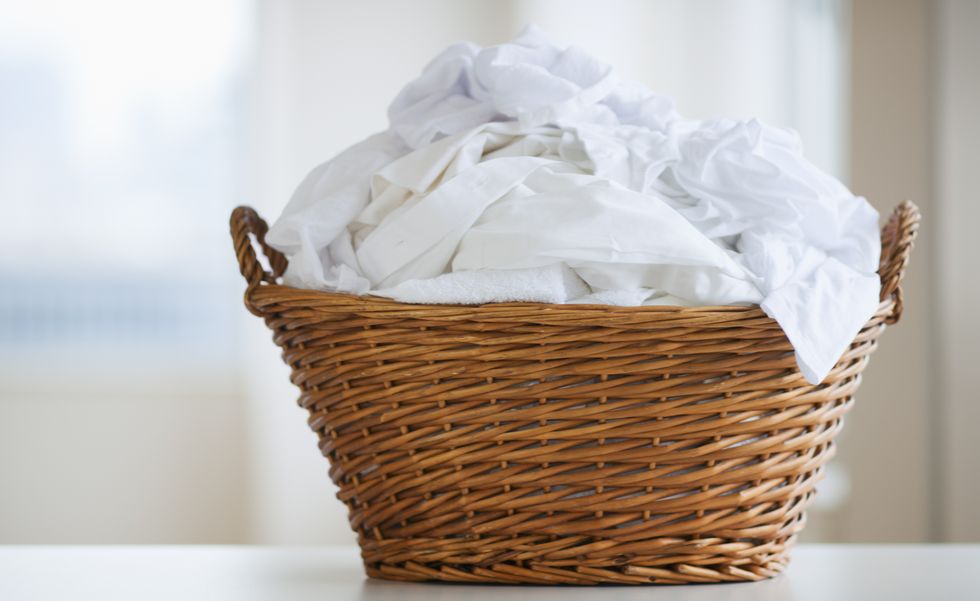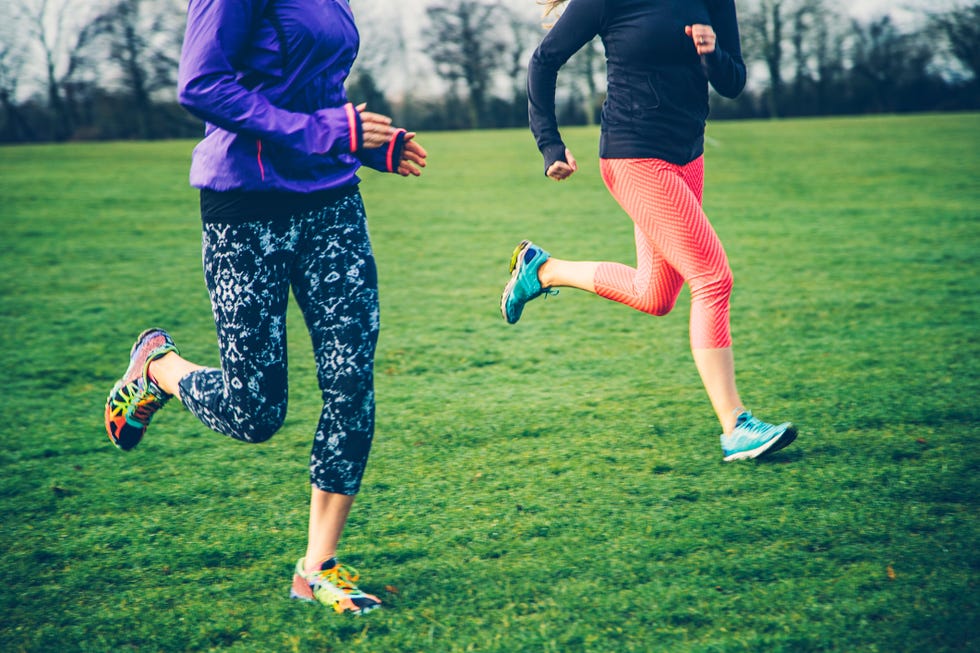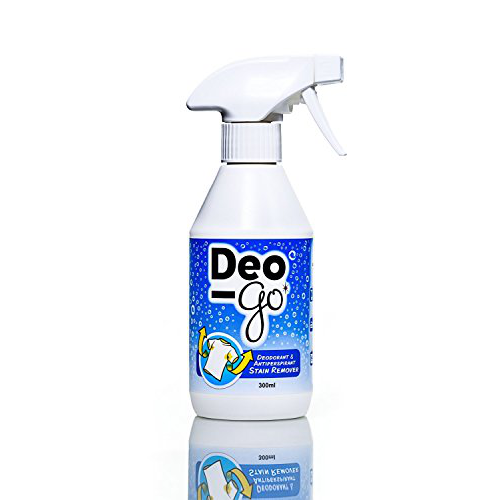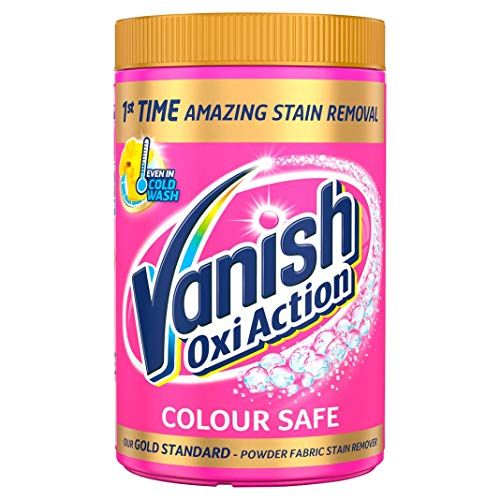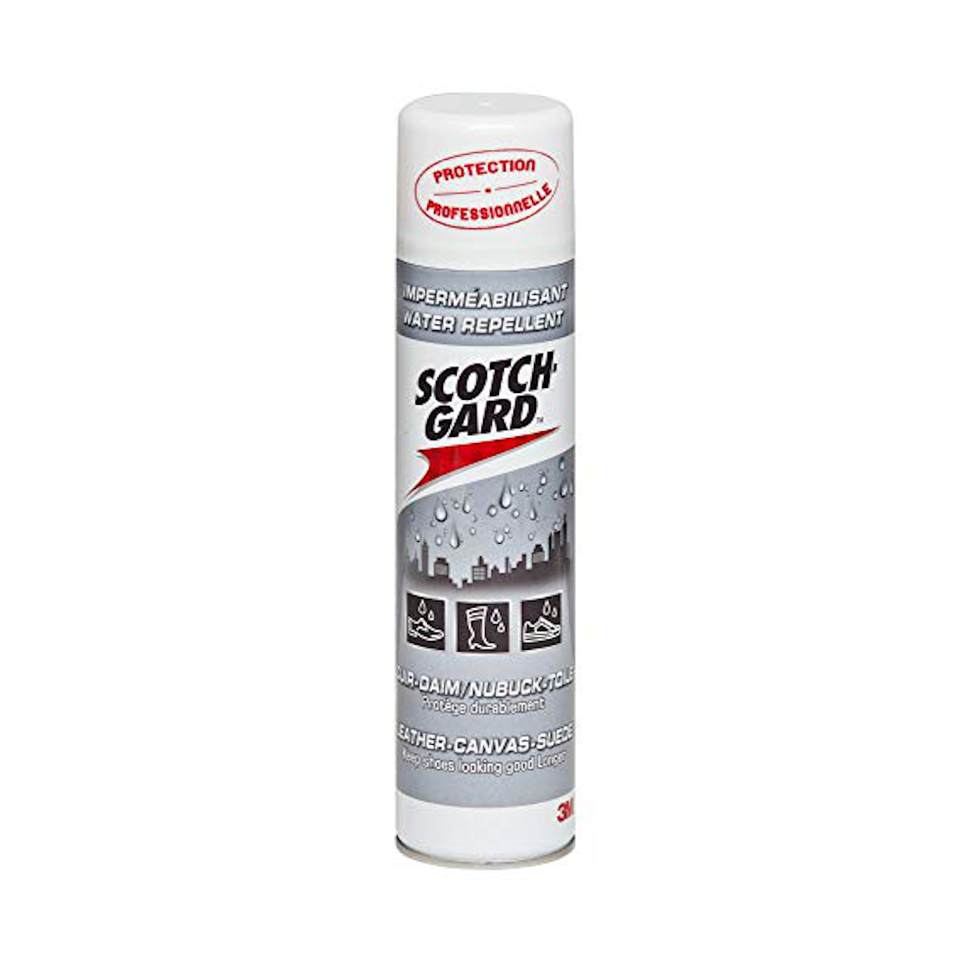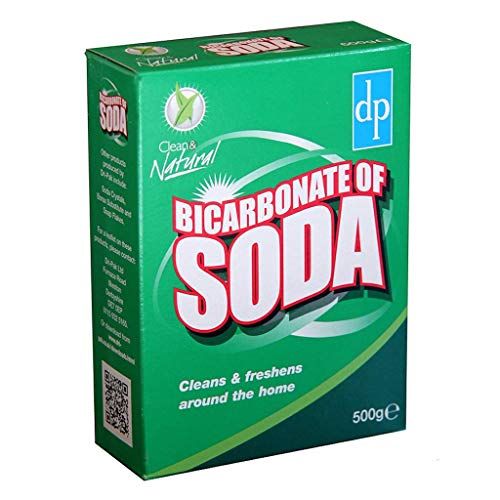Hot weather is officially upon us and it’s glorious – but also, a bit sweaty. Whether you’ve been working out, cranked the heating up too high or simply been stuck on a packed commuter train, we’ve all fallen victim to sweat stains. And, if the embarrassment of the pit shadow wasn’t enough, they can also be a nightmare to remove.
Luckily, our experts at the GHI are here to give you their top tips for preventing and removing sweat stains from your clothes. Just read on…
Treat immediately
This is one situation where prevention really is better than cure, because sweat stains can be hard to shift. You can stop them appearing by rinsing affected areas with cold water, or by scrubbing them with a little distilled white vinegar before they go in the wash. Then wash the clothes as soon as possible after wearing.
What to read next
For non-washable fabrics
For light soiling, dab with a solution of white vinegar (15ml vinegar to 250ml warm water) to help to clean and deodorise the area; however, this may also cause watermarks, so be warned. Dry-cleaning is typically a better option.
For coloured washable fabrics
Immerse in a pre-wash stain remover suitable for colours. Scrub affected areas with a nailbrush and then machine-wash with a colour-safe detergent, adding an in-wash stain remover to the load.
For stubborn stains that refuse to budge, rub with a solution made up of half glycerine and half warm water and leave for an hour before washing as previously described. Or try using a nailbrush to work a paste of 4tbsp baking soda and 1/4 cup of warm water into the affected areas, dry for two hours before you put the garment into the machine. Unfortunately, nothing works very well on silk and wool, but with light staining, you may have some success with the glycerine, fingers crossed.
Removing perspiration odours
If odours remain even after washing, try soaking the offending garment for 30 minutes in a sink filled with cool water containing 5 or 6tbsp bicarbonate of soda. Wash again and allow to dry naturally.
Other things to try
If the previous suggestions don’t work, you can try these more unusual tips, too…
Aspirin
This is a great hack for white cotton shirts. Take two soluble, white, uncoated aspirin tablets and dissolve them in half a mugful of water. Apply to the stained area and leave to soak for a couple of hours. Rub a little liquid detergent into the stain, then wash as normal. Headaches of all kinds, be gone!
Meat tenderiser
Stay with us here. Not as mad as you might think when you consider that perspiration is a protein-based stain and a meat tenderiser works by breaking down proteins! Dampen the stained area with water and apply half a teaspoon of tenderiser powder. Allow to stand for 30 minutes, then wash as normal.
Lemon juice
A great option for natural green cleaning. Squeeze the juice from a lemon and add an equal amount of water to it. Apply to the stained area and scrub in well with a nailbrush. Place in a sunny area and allow to dry – the lemon juice and sunlight are both good bleaching agents and will help fade the stain. Follow by washing as normal.
Vodka
Although this may sound like a waste of good vodka, spray an equal mix of this and warm water on to the stain. Leave for 30 minutes and then wash as normal. Just make sure you’re using the cheap stuff.
Salt
We love the pure ease of this one, after all, who doesn’t have salt in their house? Simply mix equal parts salt and water into a paste and rub directly on the stain in question. Let the solution soak for a while, around 15 minutes, and then wash clothes as normal. Salt’s abrasive, naturally exfoliating texture and absorbent properties can help lift and draw out sweat and its odors from the fabric. A handy trick that will improve the stain, just make sure you’re not trying it on any delicate fabrics.
How to remove deodorant or anti-perspirant stains
If you end up with deodorant or anti-perspirant stains, we highly recommend Deo-Go. It’s easy to use: simply spray both sides of the stain and leave for at least 30 mins before washing as normal. It’s not recommended for use on coloured garments as it could react with the dye. But, as with any stain remover, it’s worth trying in an inconspicuous area first to double check for colourfastness.

